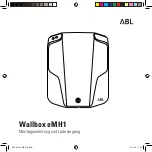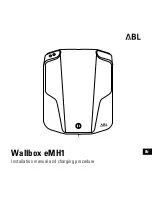
The banks and surface under the
water provide good traction. The
water may hide hazards such as
rocks, holes, or mud.
Before driving through water, stop,
get out if necessary, and make sure
that:
If you decide it is safe to drive
through water, choose a suitable
speed, and proceed without shifting,
changing speeds, stopping, or
shutting off the engine.
Do not try to cross water at high
speeds, as this may cause severe
damage to the cooling system or
result in loss of control.
After driving through water, test
your brakes. If they got wet, gently
‘‘pump’’ them while driving slowly
until they operate normally.
If the water is deeper than the wheel
hubs, some additional service may
be required. This service is not
covered by your warranties.
The water is not flowing too fast.
Deep rushing water can sweep you
downstream. Even very shallow
rushing water can wash the
ground from under your tires and
cause you to lose traction and
possibly roll over.
The banks are sloped so you can
drive out.
The water is not deep enough to
cover your wheel hubs, axles, or
exhaust pipe. You could stall and
not be able to restart your engine.
The water can also damage
important vehicle components.
If you get stuck, and cannot get
unstuck with the VTM-4 system,
engage the VTM-4 Lock (see page
), and carefully try to go in the
direction (forward or reverse) that
you think will get you unstuck. Do
not spin the tires at high speeds. It
will not help you get out and may
cause damage to the transmission or
VTM-4 system.
If you are still unable to free yourself,
your vehicle is equipped with front
and rear tow hooks designed for this
purpose (see page
).
297
203
If You Get Stuck
Crossing a Stream
Off-Highway Driving Guidelines
230
Содержание 2007 Ridgeline
Страница 60: ......
Страница 174: ...Compass 170 Zone Map Compass Display for Each Zone...
Страница 196: ......
Страница 236: ......
















































